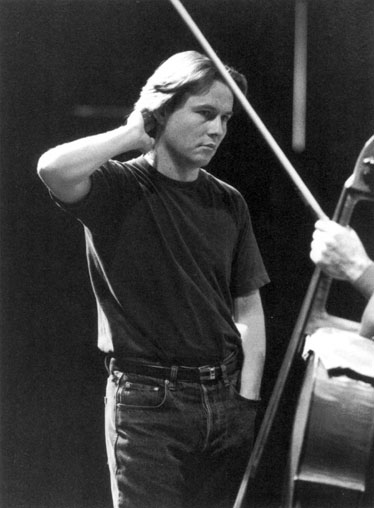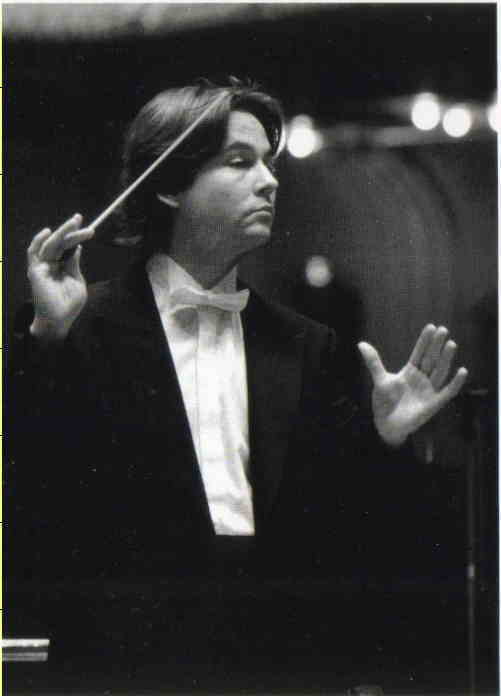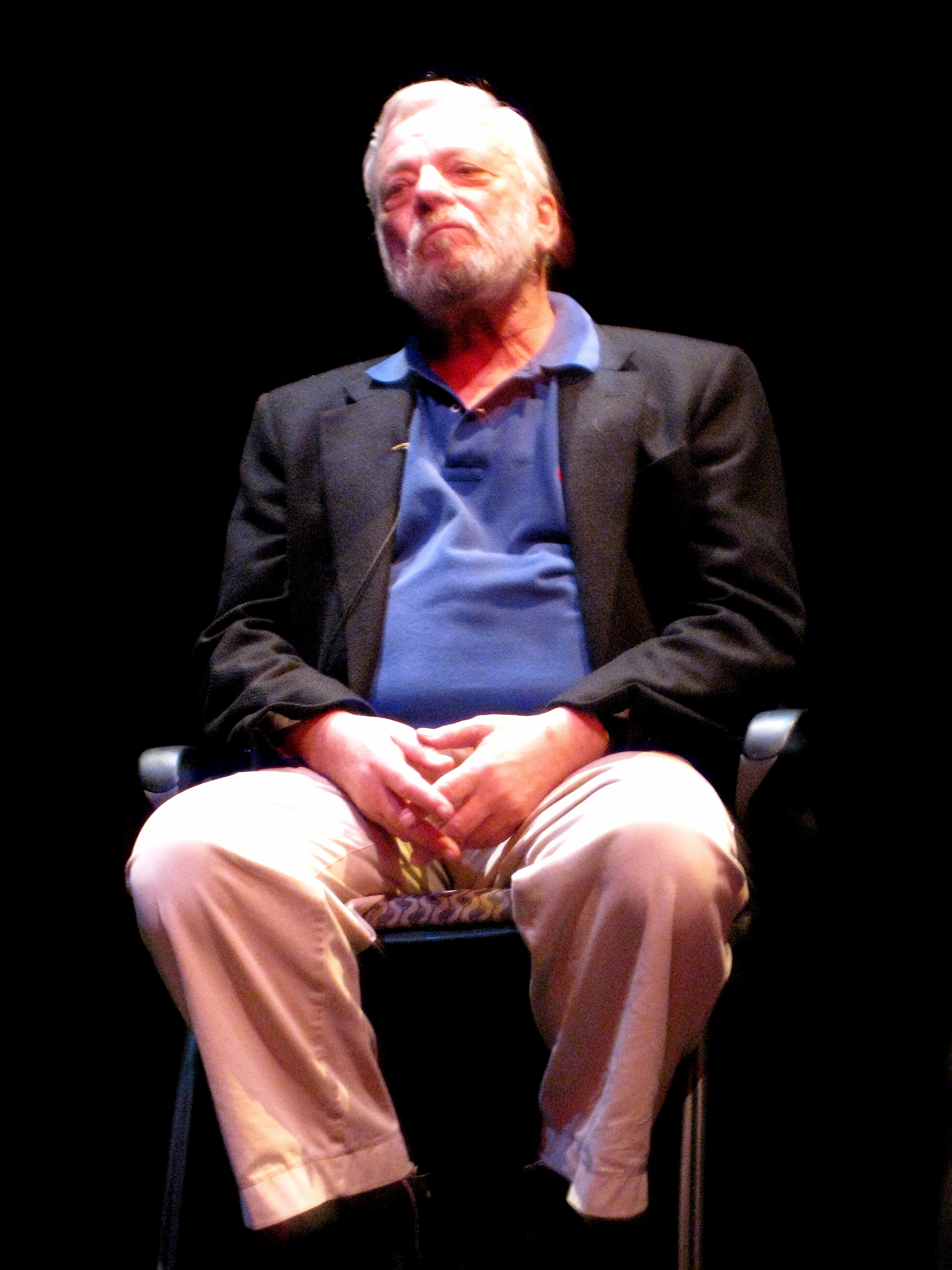or Why Opera should be more like Kabuki
Over the past two days, I continued my exploration of Tokyo by attending performances from two theatrical traditions that contrast starkly and yet offer such tantalizing comparisons: one at the Kabuki-za and the other at the Takarazuka Rêvue.

Kabuki is a sort of mélange of Japanese theatrical idioms, combining elements of the Noh and the Bunraku (puppet theater) traditions. Like these other forms of Japanese theater, Kabuki is performed entirely by men, including the female roles. Actors who specialize in female roles are known as onnagata. The written form of the word “kabuki” combines the characters for “sing”, “dance”, and “skill”.
I so adored the kabuki performance that we saw for so many reasons. The sets and costumes are bold and extravagent (in the first act, the shojo, a “mythical sake-loving spirit” wore this crazy bright-red troll doll wig), the music is 100% integrated with the action on stage, and, most importantly, the audience is engaged the whole time.
This last point was apparent from looking around at the nearly packed house (on a Tuesday afternoon). You can tell that people are engrossed in the drama and familiar with conventions of what’s happening on the stage. However, they are not uptight about the whole thing — certain connoisseurs will call out the names of their favorite actors during the action (a practice known as kakegoe). It was a real pleasure observe the consternation of the Western tourists in the theater, who had clearly not read their brochure and seemed quite nonplussed at the rude interruptions.
Now, it’s entirely possible that the people who shout these things from the balcony are just Kabuki Queens no better than their European and American counterparts who so assiduously inflect their Bravos (the worst of course being any soprano-alto duet inevitably followed by “Brave!” from up in the rafters) just to show off. But I really don’t want to believe that. I’d like to think that we could learn from our Eastern neighbors who don’t scoff at a little noise from the audience if it means that everyone can be more involved in the collective experience of going to the theater.
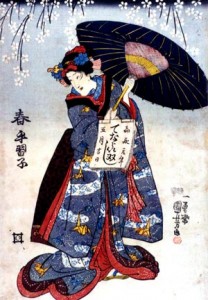 The coup de grâce of this Kabuki performance was an act titled “Tenaraiko” (The Girl Returning from School). The plot summary is very simple: “A girl dawdles on her way home from school, plays with the butterflies in the field, and dreams of love.” And that’s all that it was. The amazing part was that the little girl was played by an 81-year-old man called Nakamura Shikan VII! Honored as a Living National Treasure, Shikan’s slight, graceful movements (and the heavy white rice make-up) completely transformed him into a tiny little schoolgirl — without the program notes, it would have been impossible to identify him as an old man.
The coup de grâce of this Kabuki performance was an act titled “Tenaraiko” (The Girl Returning from School). The plot summary is very simple: “A girl dawdles on her way home from school, plays with the butterflies in the field, and dreams of love.” And that’s all that it was. The amazing part was that the little girl was played by an 81-year-old man called Nakamura Shikan VII! Honored as a Living National Treasure, Shikan’s slight, graceful movements (and the heavy white rice make-up) completely transformed him into a tiny little schoolgirl — without the program notes, it would have been impossible to identify him as an old man.
On a total side note, I think Western orchestral string players could stand to study the art of pizzicato with Japanese musicians — in the Kabuki, five shamisen players plucked in absolute unison for the entire show. I heard nary an imprecise attack from the lot of them!! To think how rare it is to hear even a single section of orchestral strings play a pizz in unison makes me wonder just what secrets the Orient is hiding.
As a matter of transition, I might mention that I was primed to enjoy Kabuki by my love and affection for Stephen Sondheim’s Pacific Overtures, a score that is unjustly neglected, probably because it is nearly impossible to revive. Sondheim spent several weeks in Japan researching the musical style for the show and recruiting Japanese musicians to perform in the original Broadway production. Listen to the opening of the whole show:
The shamisen, the chanter, hyogashi (Japanese claves) — it’s almost authentic kabuki… and then the über-Sondheim vamp comes in (and don’t we all revel in that moment!?)
So, speaking of musicals, yesterday I finally got to see a performance that I had been looking forward to for SO long — the Takarazuka Review, an all-female, all-out musical theater Extravaganza!! These have got to be the most lavish musical theater productions in the world — I can’t imagine even the Ziegfeld Follies rivaling them.
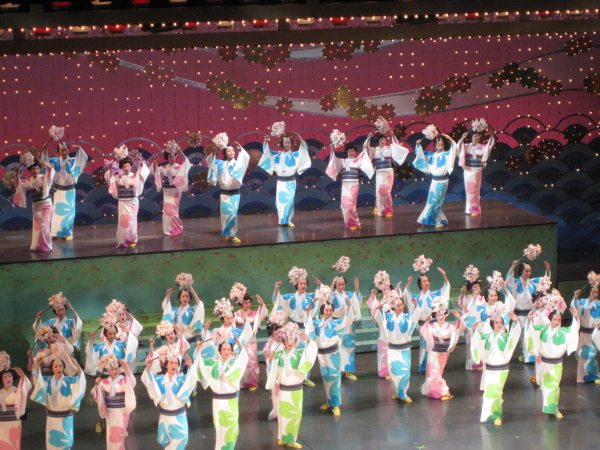
True to their name, the show is in the form of a Revue — it starts with a big succession of songs and dances on generic Oriental themes. The musical style is basically 1970’s/80’s musical theater-pop, big power ballads, etc. This collection included a 35-girl kickline that totally outdid the Rockettes for precision (and certainly for unique costuming).
I think I’ll continue this post by quoting and responding to the very detailed and academically anotated Wikipedia article on the Revue:
The audience of Takarazuka is primarily women; in fact some estimates say the audience is 90 percent female.
Wow, that’s an understatement. I saw three other men in a completely packed house. I would estimate more like 99% female. (Meanwhile, my friend Mandy and I were the ONLY foreigners in the whole place.) This is the line for the women’s restroom:
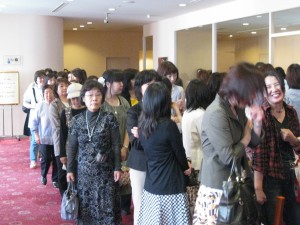
The rival theory is that the girls are not drawn to the implicit sexuality of Takarazuka, but instead are fascinated by the otokoyaku (the women who play male roles) “getting away with a male performance of power and freedom.â€
Well, I have no idea what draws these ladies to the performances, but there’s no doubt that the otokoyakaru, who are forced to adopt male roles in their daily lives during their training program, are the audience favorites.
Some ardent fans demonstrate their loyalty to one or another performer by wearing scarves of a particular color or even jackets colorfully embroidered with the star’s name.
Yep. Here they are:
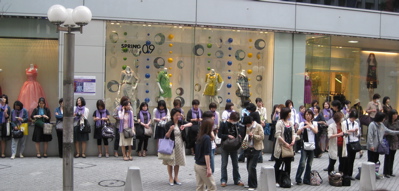
This is so interesting, I’ll just continue the Wikipedia:
Following performances at the Takarazuka Theater in Tokyo, as many as several hundred fans congregate in their various club groups, each club represented by several members or dozens, standing in orderly ranks on either side of the street in front of the theatre. Theatre officials set up barricades and oversee the assembly. Occasionally one group will sit and all the others follow suit (much like the “Audience wave” seen in athletic arenas) with subsequent intervals of standing and sitting. The fans wait patiently, with little conversation, for their favorites to exit the theatre.[8] (Their decorum contrasts markedly to the noisy, competitive and often pushy autograph-seekers who wait outside stage doors in the west.) An almost eerie ritualistic calm prevails. As the stars come out of the building one by one, some alone but most accompanied, orderly quiet continues to prevail. The glamorous performers, now mostly in slacks or jeans with high heels and wearing oversize visored “newsboy” caps to hide their hair (and some with sunglasses even in the night), move along to their own particular fan clubs. Rather than requesting autographs, the fans proffer cards, which are gathered efficiently by each star, who may say a very few words but then waves and move on. Once the last stars have emerged and departed, the clubs disband quietly into the night.
Admittedly, I didn’t stay for that, but, Wow, you can see why I just HAD to go see this show. Speaking of which, my experience waiting in line for tickets was one of my more memorable Tokyo moments. As you may guess from the above description of the audience demographics, my presence as a single, white, American male in the ticket line presented something of a conundrum for the theater patrons and organizers. A very polite line attendant used his very best English to confirm three times that I was in fact in the right place. He then asked,
“So, how did you hear about Takarazuka Revue?”
I told him that a friend of mine told me about it, a writer [Ted Fishman].
“Is he… Japanese?” he asked?
“No,” I responded.
“You know,” he continued, “the womens… plays… (?)”
“Men!”
“Yes, the womens plays the men.”
“I know — that’s why I came!”
I’ve posted a clip of the Takarazuka’s performance of “Guys and Dolls” before on this blog, but I think it bears re-contextualizing:
P.S. There’s plenty more on YouTube where that came from.
I think this clip acurately portrays an important element of the shows: just like the Kabuki, after you watch it for a while, you totally forget that these are gender-bending performances. So, Well Done, Japan!!
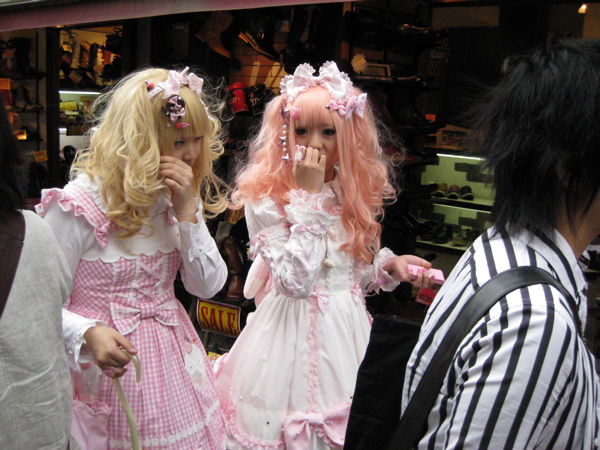
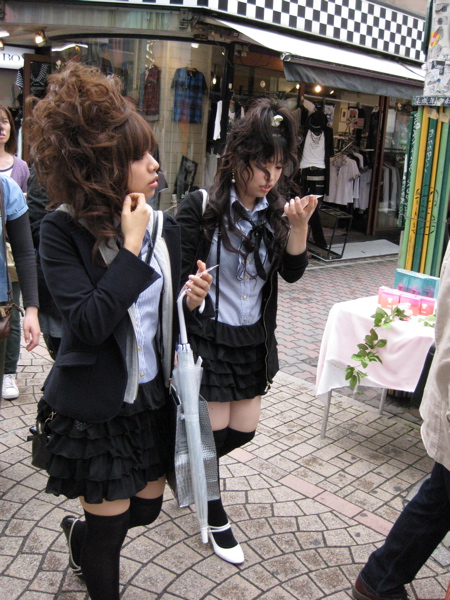
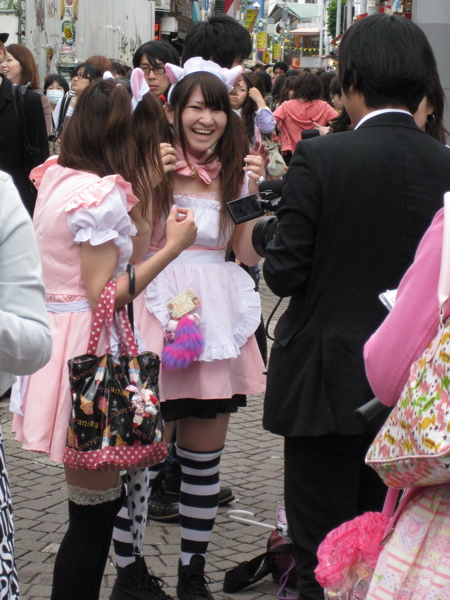

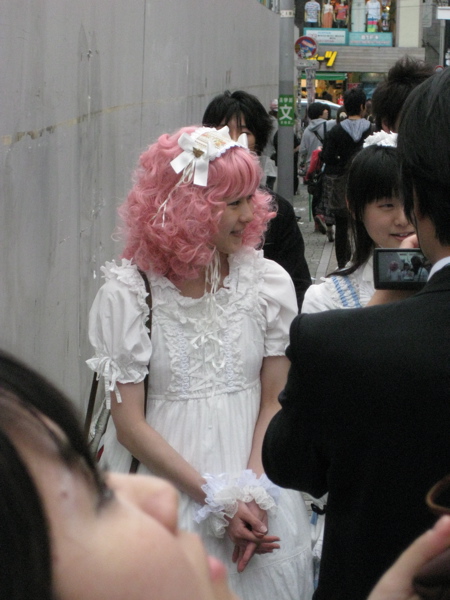
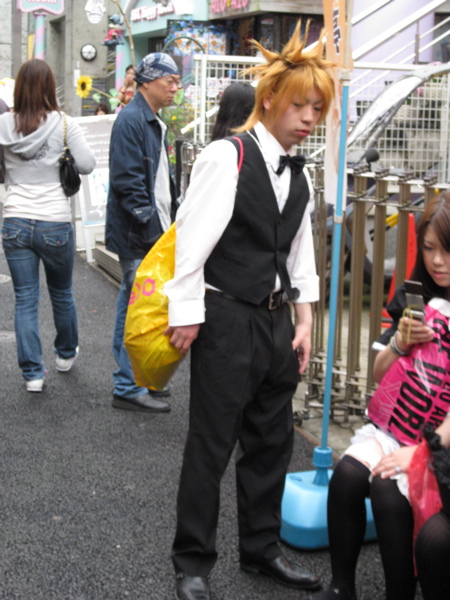
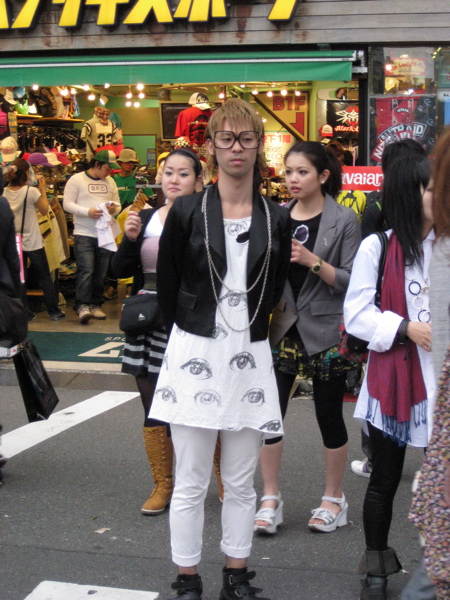

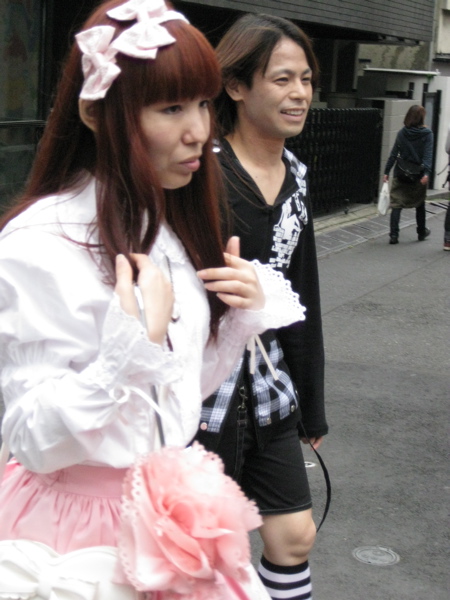

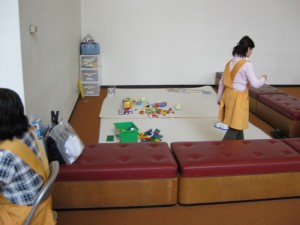
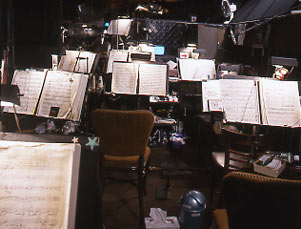
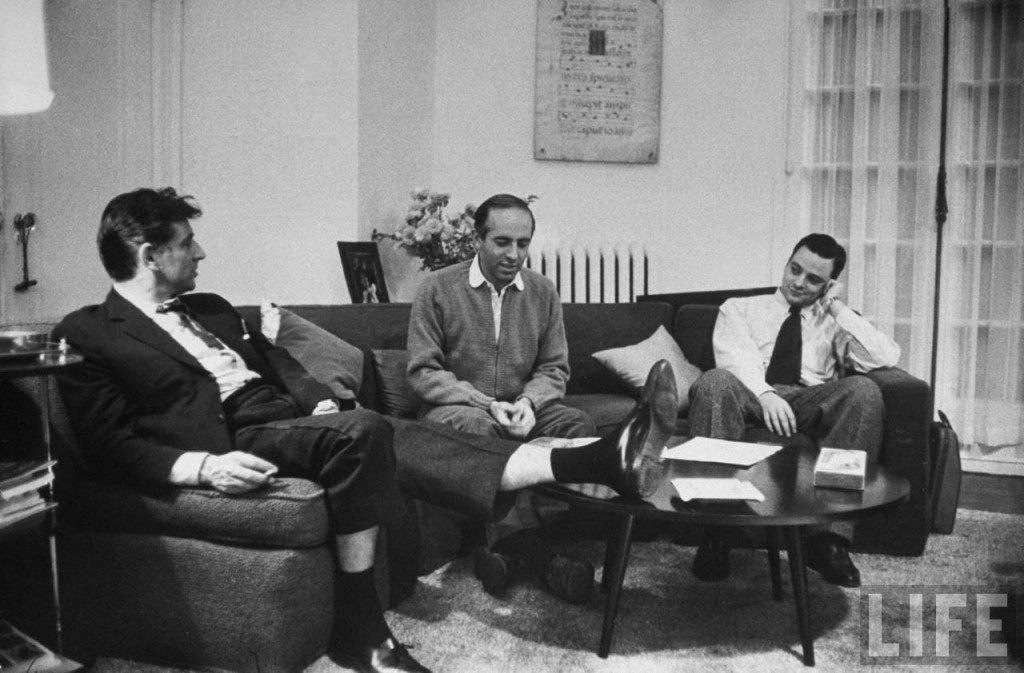


 https://www.willcwhite.com/audio/16%20Quand%20notre%20coeur%20fait%20Boum.mp3
https://www.willcwhite.com/audio/16%20Quand%20notre%20coeur%20fait%20Boum.mp3
